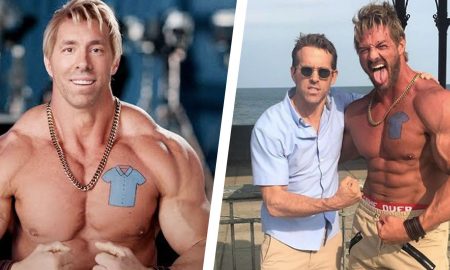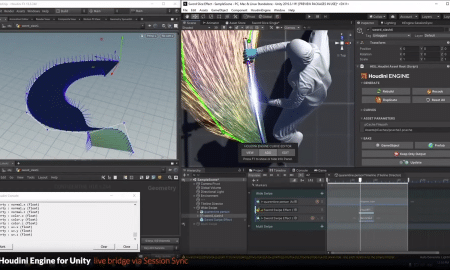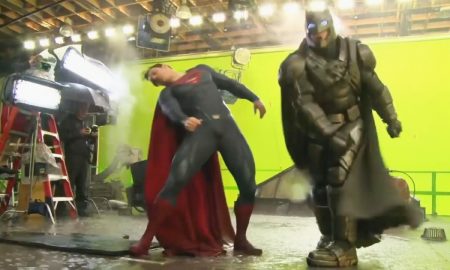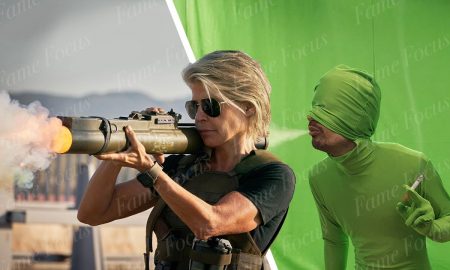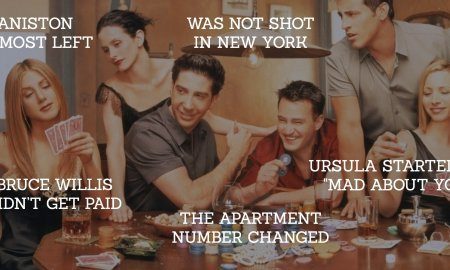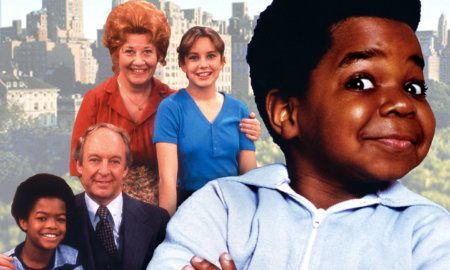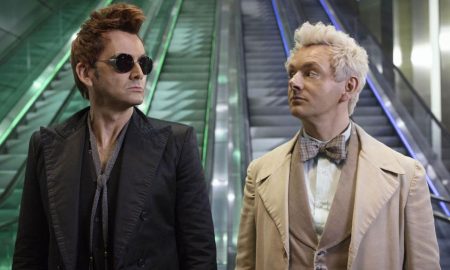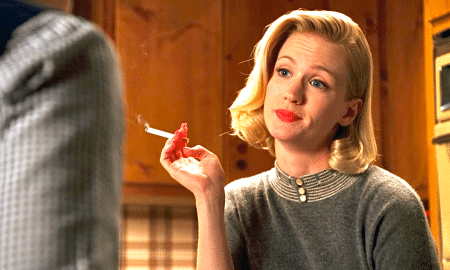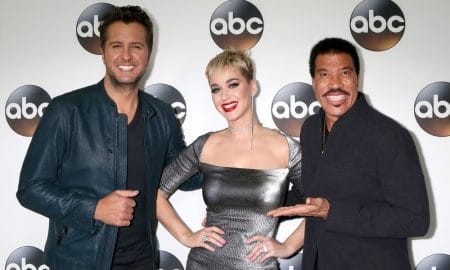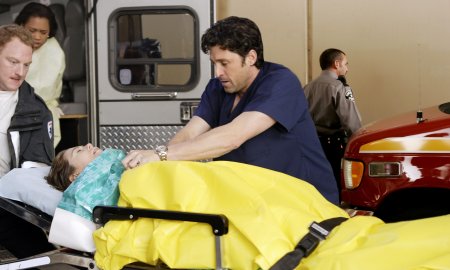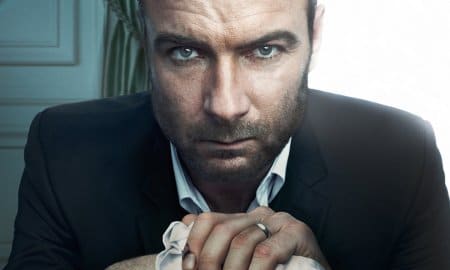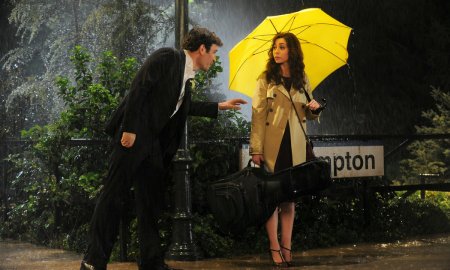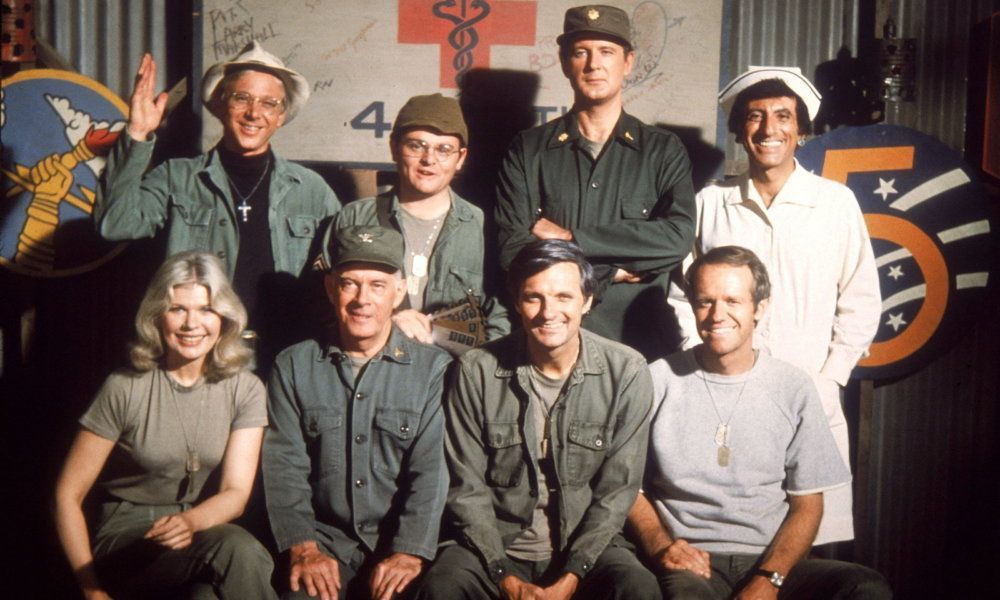

The TV classic M*A*S*H was about the doctors and staff stationed at the 4077th Mobile Army Surgical Hospital in Korea in the early 1950s. In order to cope with the stresses of war, the gang often resorted to hijinks, frivolity and petty rivalries when off-duty. The run of this edgy “dramedy” lasted three times as long as the real life Korean War did, and became one of the highest rated television programs of all time. Think you know everything there is to know about the acclaimed sitcom? Here are some behind-the-scenes things that the producers of the show never wanted you to know.
1. Max Klinger was supposed to be gay
The character Corporal Maxwell Klinger, played by Jamie Farr, was originally written as a gay character who was to appear in just a single episode. But then they changed the character to a straight guy who was trying to get himself discharged by pretending to be a cross-dresser. This seemed to work with the audience and the role was extended to 215 episodes. Once the character had been promoted, however, they dropped the cross-dressing shtick.
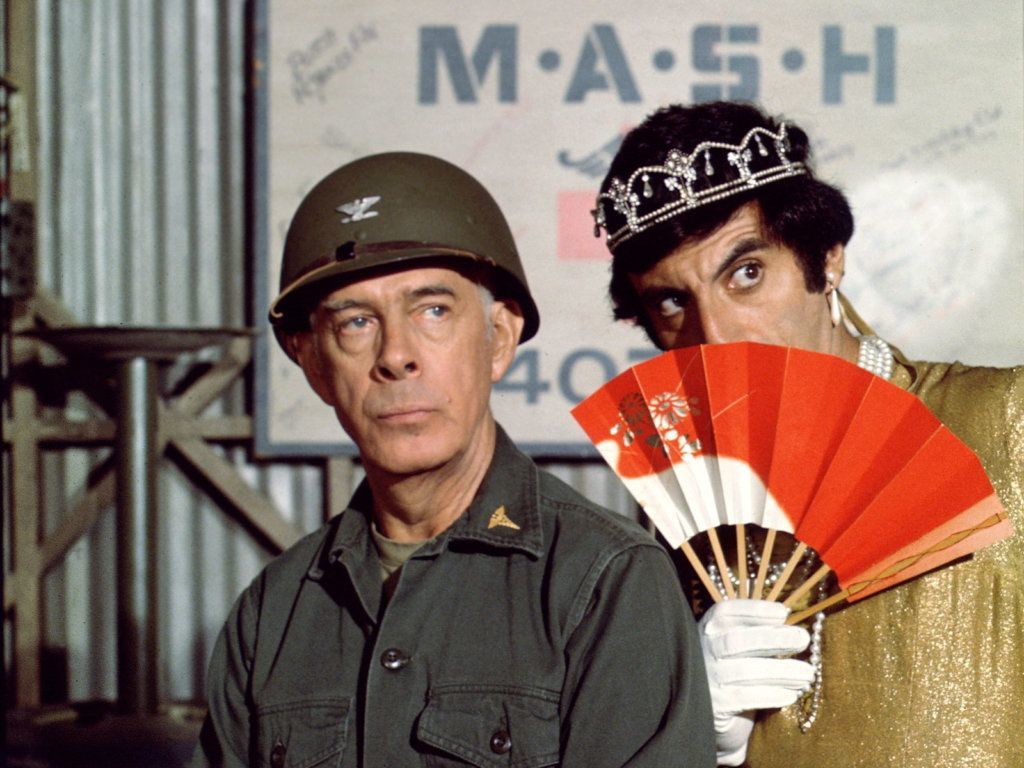
2. That awkward laugh track
When the show first aired, CBS required that it use a laugh track, even though the producers and actors didn’t want it. Funny as the show was, it always seemed out-of-place to have canned laughter out there near the front lines of a war. However, studio audiences were the norm back then and all comedies had laughter in it to highlight the jokes – a holdover from radio days. The network felt that viewers wouldn’t know it was supposed to be a comedy without it. Producers negotiated that the laugh track would never be used in the operating room. As the series went on, they toned it down significantly. It was still poignant and funny without the overt “ha-has.” If you watch the DVD version of MASH, you can opt to turn off the fake laugh track and it really makes a difference to the impact of the material.
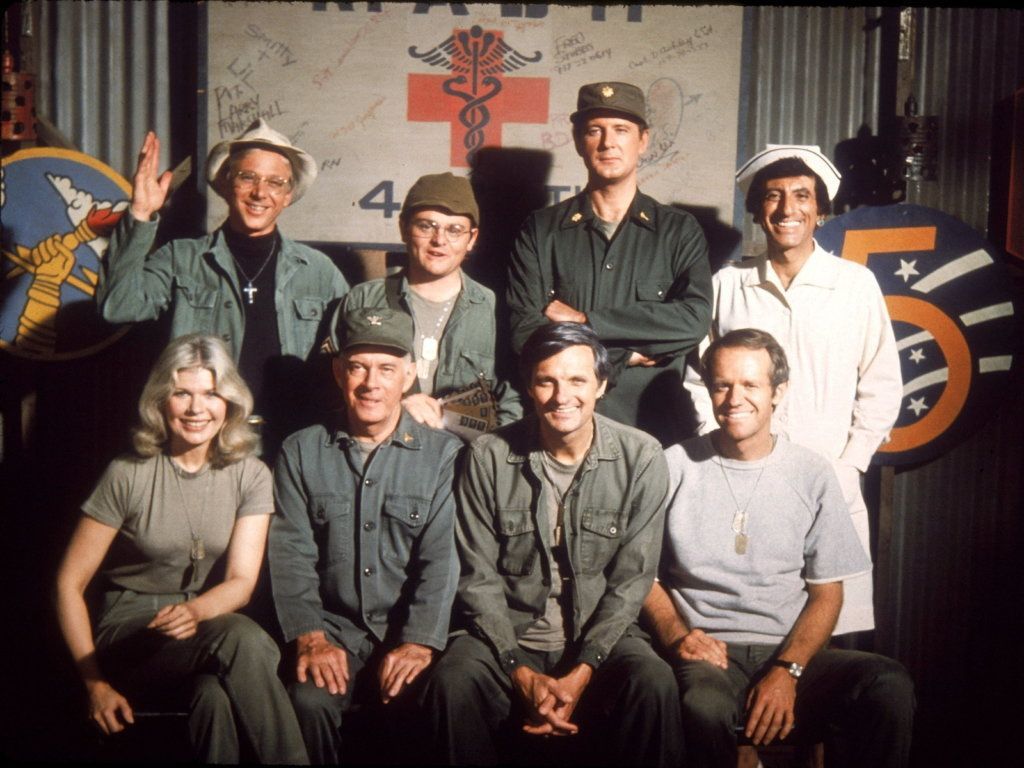
3. Any Asian will do
Granted, there weren’t a lot of Korean actors floating around Hollywood at the time, so the producers hired a range of Asian ethnicities to play those parts. For example, Soon-Li, Klinger’s girlfriend/wife, was played by second-generation Chinese-American actress Rosalind Chao. Mako Iwamatsu, a Japanese born actor, played a range of roles including a Chinese Army surgeon, a North Korean soldier and a South Korean Army officer. Japanese-American Pat Morita (of Happy Days and Karate Kid fame) had a role as South Korean Army Captain Sam Pak. The only real Korean actor on the show was Soon Tek Oh, who played various North and South Korean roles.
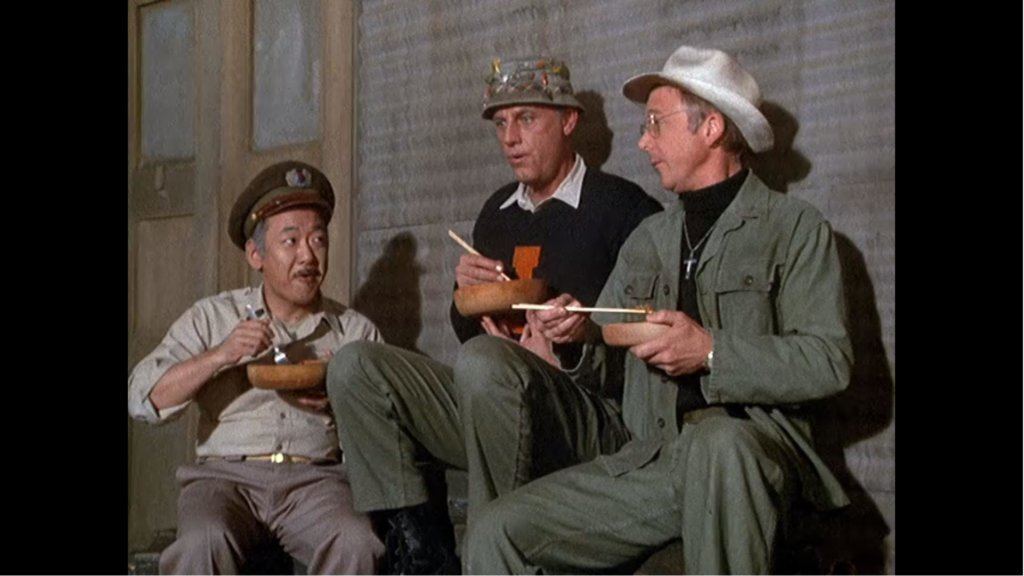
4. They skipped over anything that seemed “unpatriotic”
CBS made sure that everything happening in the show was patriotic enough for the U.S. viewers. The Vietnam War was still going on during the first few years of the series, so it was a sensitive and topical subject matter. There was one episode idea that showed how soldiers would sometimes stay outside until they got sick enough to be sent home, but CBS rejected it.
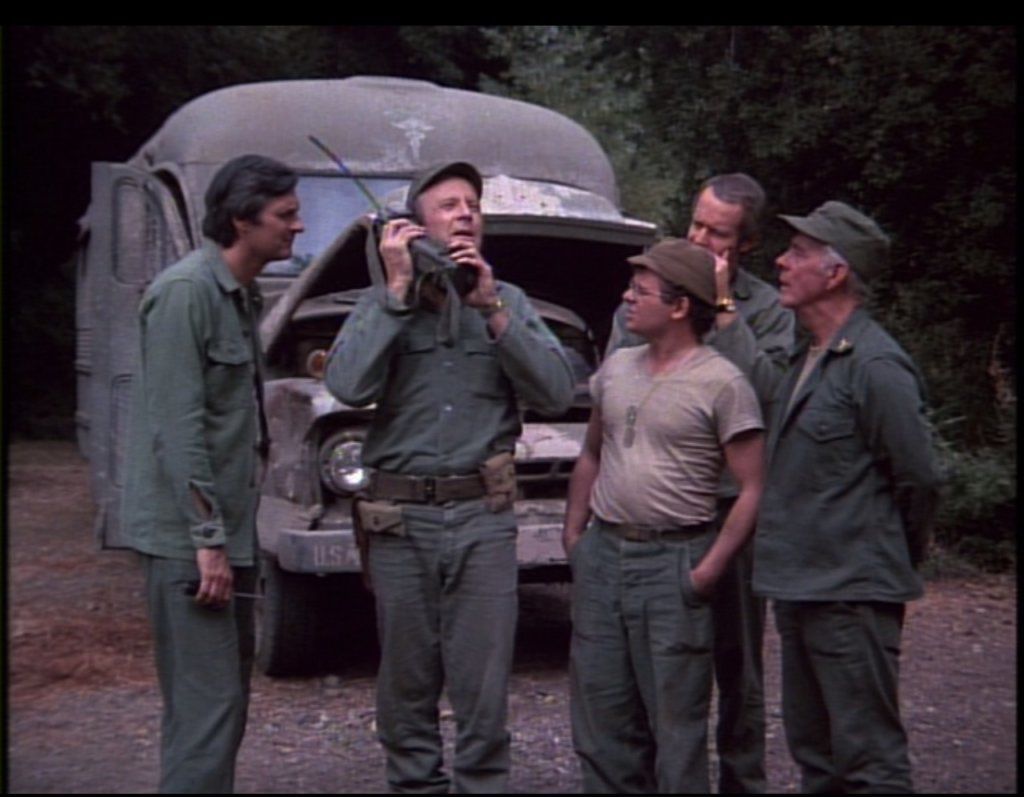
5. Radar’s teddy bear disappeared for years
Radar’s teddy bear disappeared for a number of years after the show ended, and then suddenly turned up at an auction in 2005. A medical student bought it for $11,500 and then sold it back to Gary Burghoff. Awww.
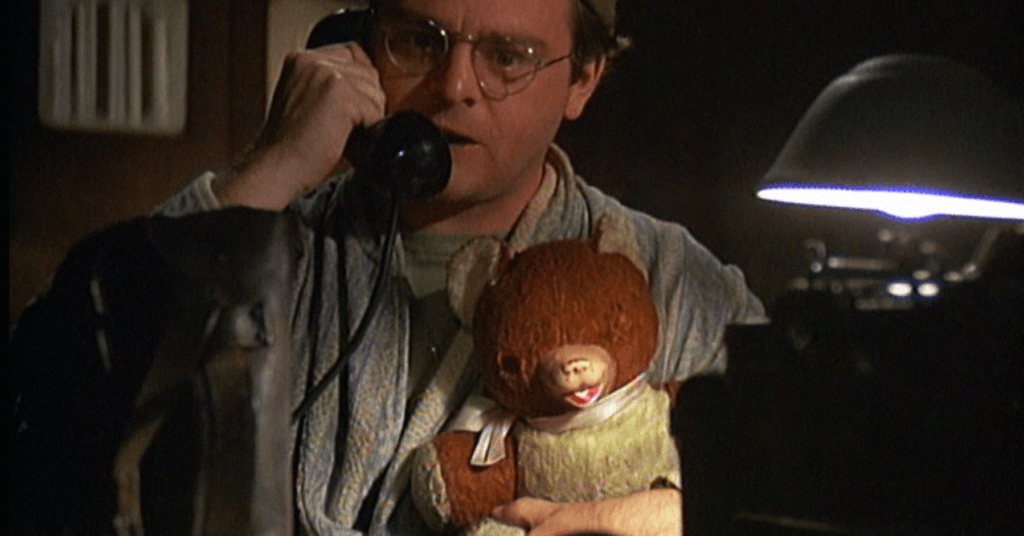
6. The pilot was written in two days
Sometimes a lot of work goes into getting a show off the ground, and sometimes not. Veteran screenwriter Larry Gelbart wrote the pilot in two days and was paid $25,000 to do so. It was based on a series of novels by Richard Hooker and inspired by the 1970 Robert Altman film of the same name. Apparently neither Hooker or Altman were big fans of the show, the latter feeling like the TV version “softened the anti-war and anti-authoritarian spirit of the movie.”
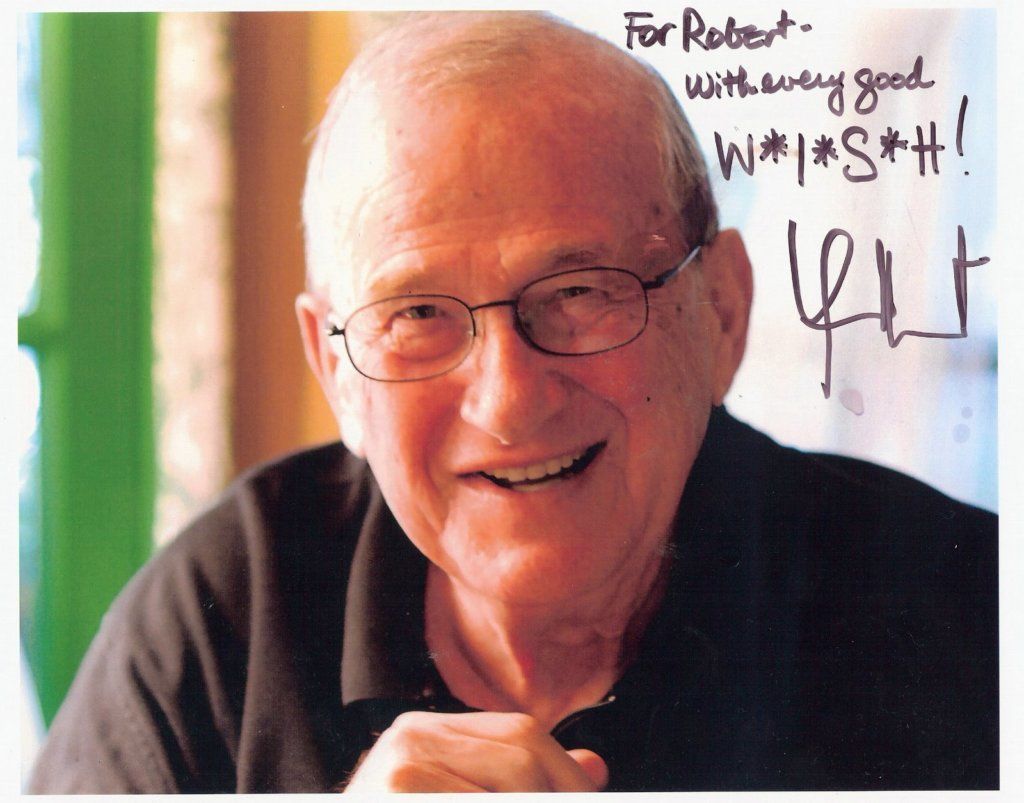
7. Many of the characters were based on real people
The writers on the show had a lot of fun naming the characters, such as after ex-girlfriends and professional athletes. In one episode, for example, the patients were named after the 1978 LA Dodgers team. The picture of Mildred on Colonel Potter’s desk was actor Harry Morgan’s real-life wife. The character Klinger hails from Toledo, Ohio just like actor Jamie Farr.
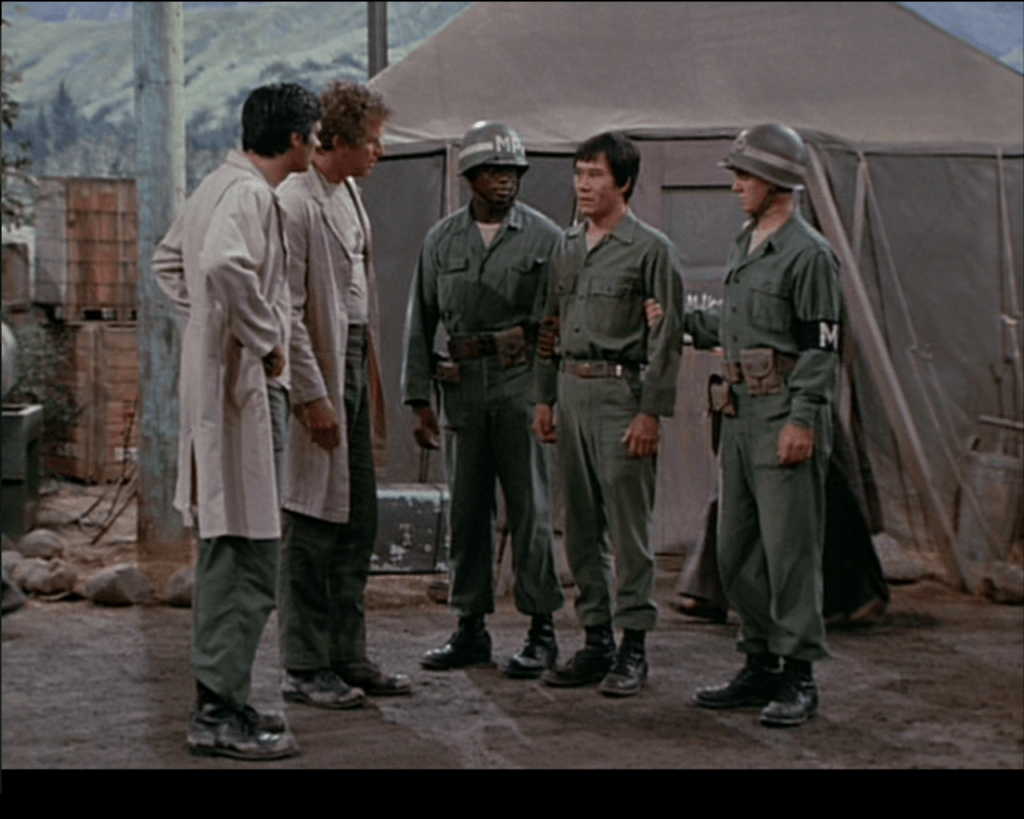
8. There were many famous guest stars
At the time, not all of the guest stars had yet to hit the big time, but many of them went on to great fame. The list includes actors like Ron Howard, Leslie Nielsen, Patrick Swayze, John Ritter, Laurence Fishburne, Pat Morita, Rita Wilson, George Wendt, Shelley Long, Jeffrey Tambor, Susan Saint James, Joan Van Ark and Andrew Dice Clay.
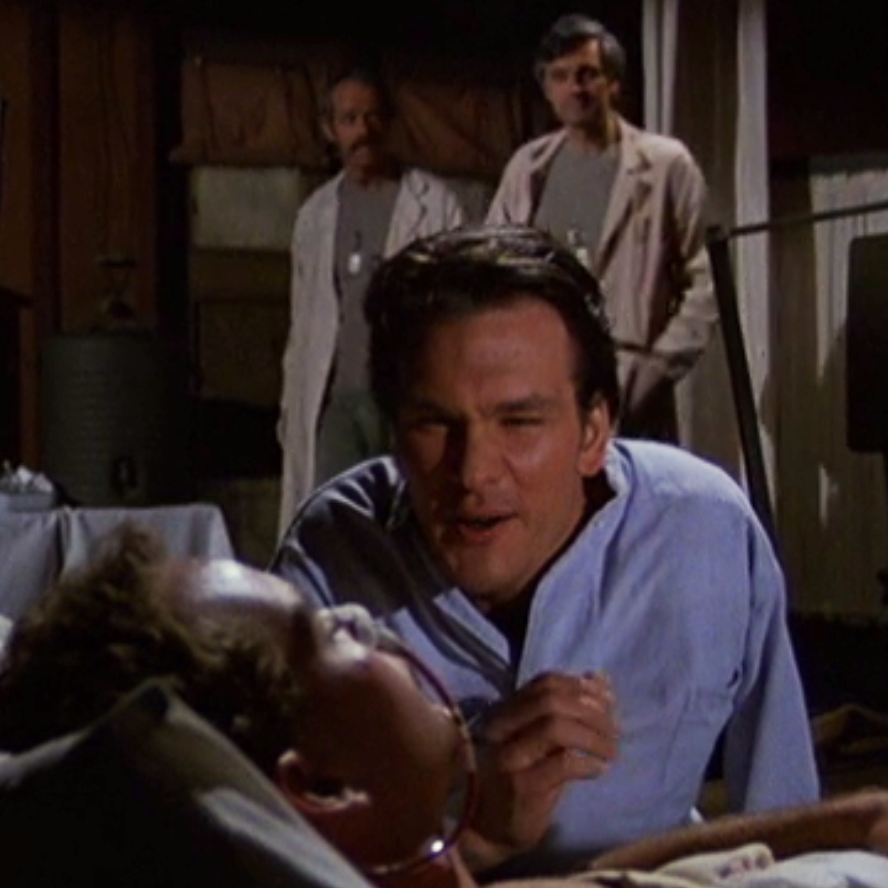
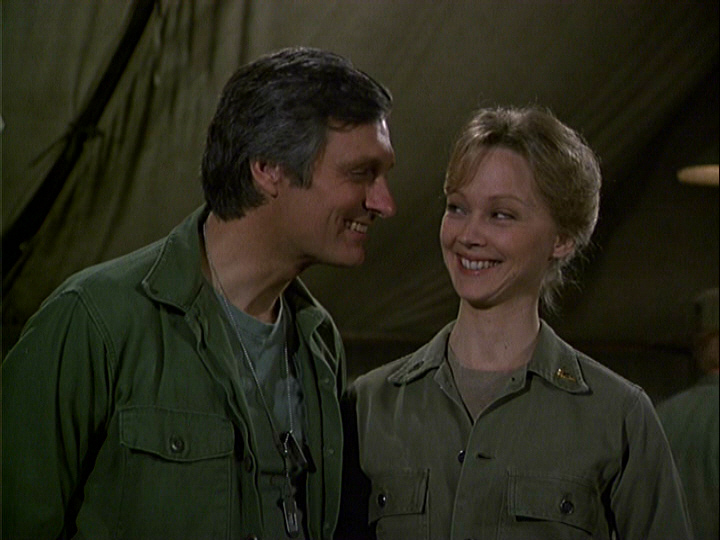
9. Alan Alda did a lot more than just star on the show
In addition to starring on the show, Alan Alda had a part in writing 13 episodes, as well as directing 31 of them. He then became the first person ever to win Emmys for acting, directing, and writing all on the same TV show. Harry Morgan, Mike Farrell, David Ogden Stiers, McLean Stevenson and Jamie Far got to try their hand at writing and/or directing, too.
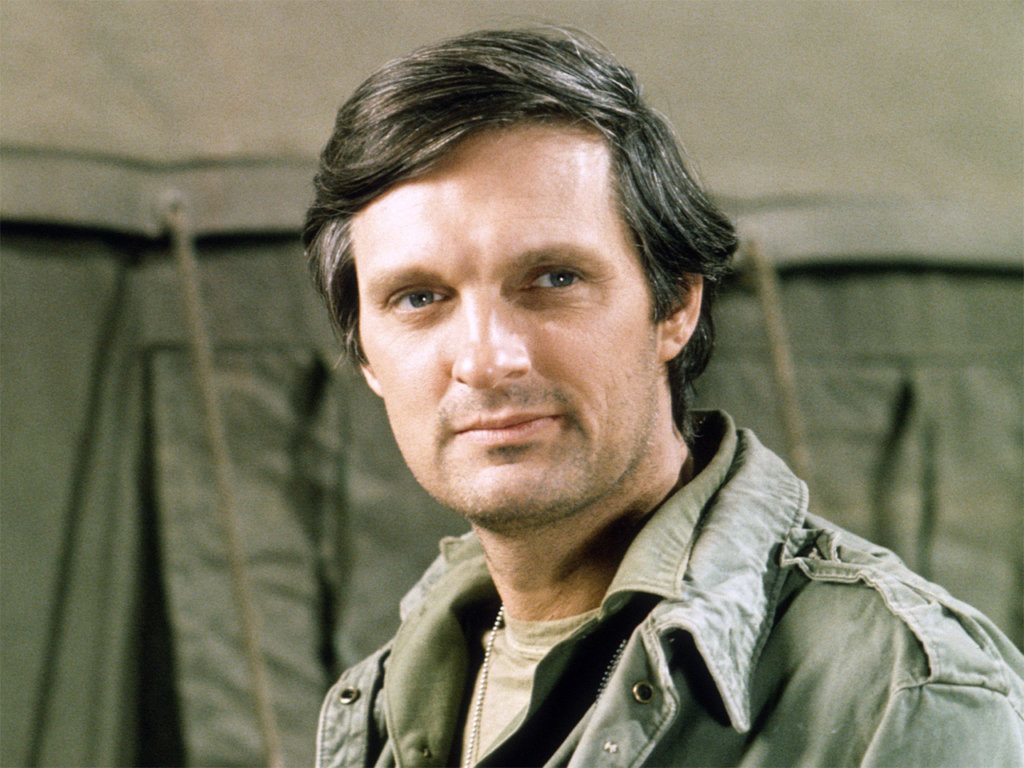
10. One of the three spin-offs was not picked up
There were actually three spin-off shows from the show, Trapper John, M.D. which aired from 1979-1986, AfterMASH which got cancelled in its second season, and W*A*L*T*E*R which was rejected as a pilot. It was supposed to follow the life of Radar O’Reilly as he adjusts to life back in the U.S. after the war.
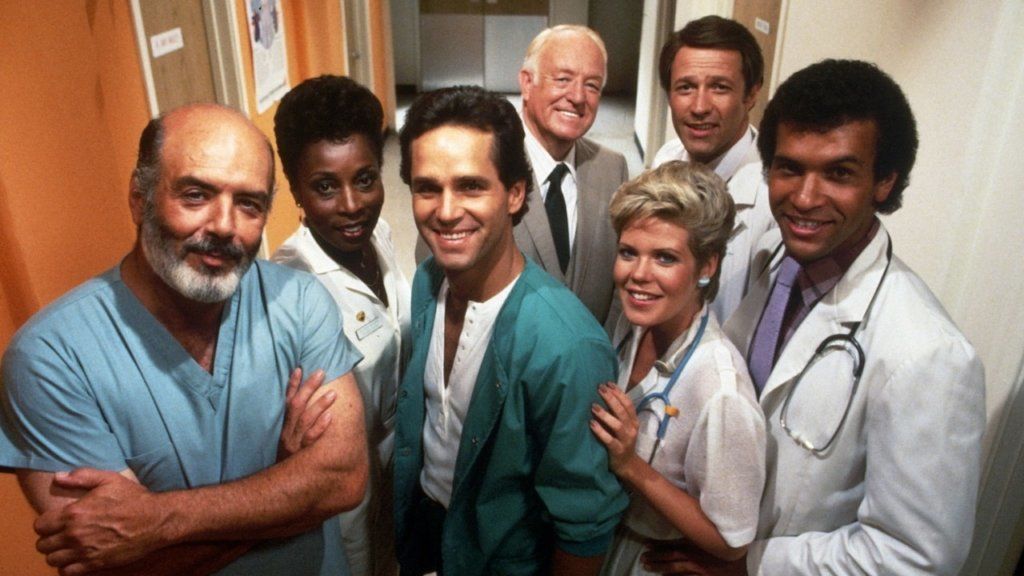
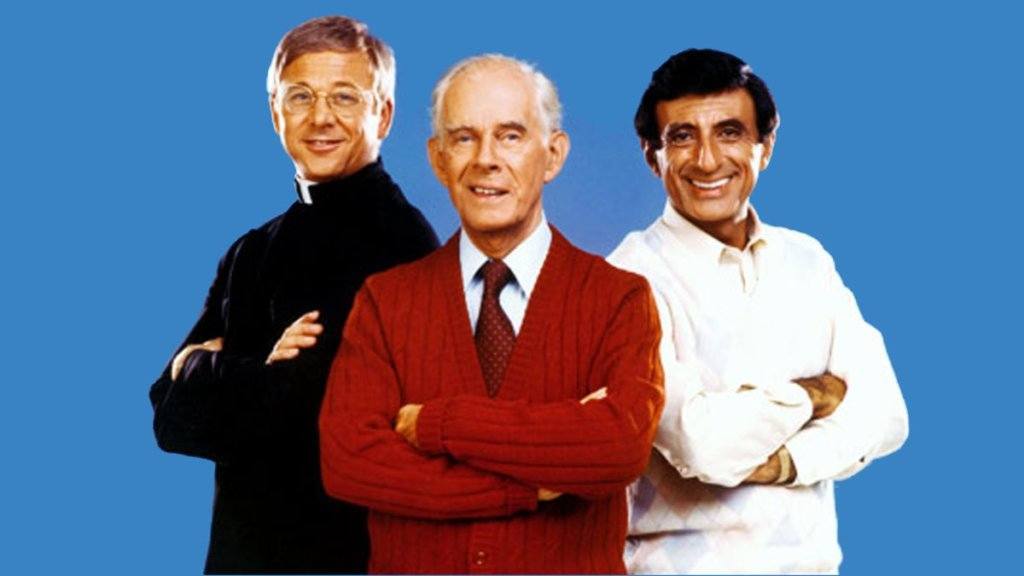
11. The writers got crafty to stop the actors complaining about their scripts
The writers got tired of the actors complaining about their lines, so at one point they wrote in the circumstances that would require them to wear parkas on the days it reached 90 to 100 days on the Malibu ranch they shot at. The complaints stopped after that.
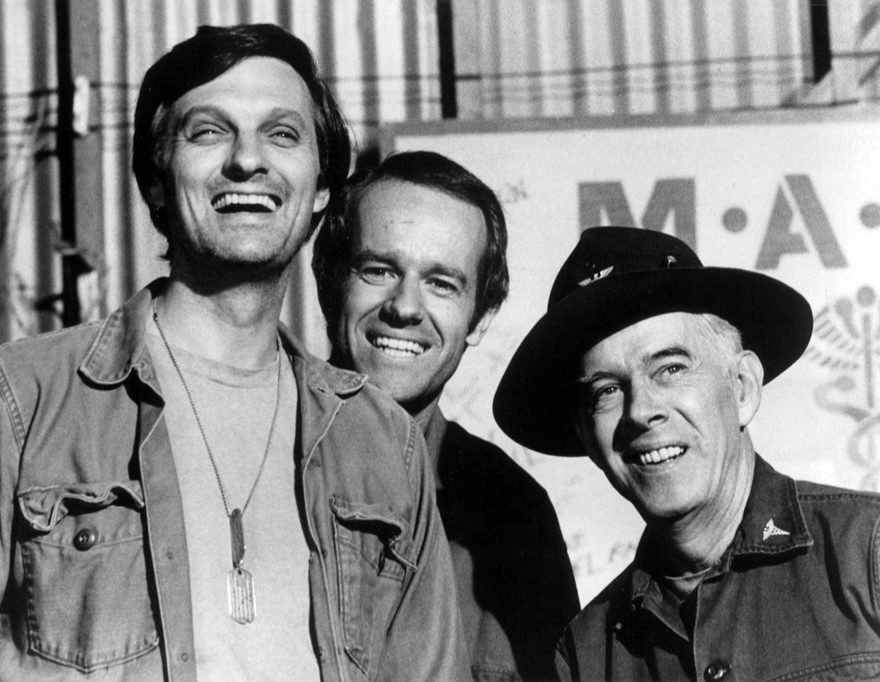
12. Wayne Rogers never signed a contract with the show
Wayne Rogers played Trapper John on the show and was threatened with a breach of contract lawsuit for leaving after the third season, except that he never signed a contract to begin with. He later went of record to say that he never would have left if he knew the show would go on for eleven years.
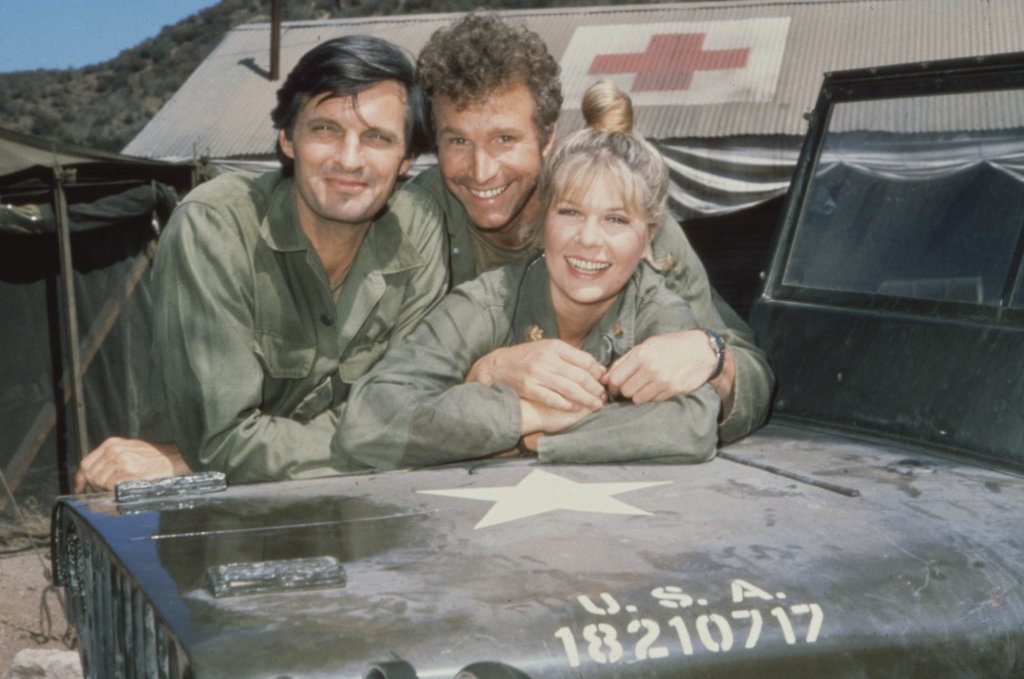
13. The series finale still holds a crazy record
The MASH series finale still holds the record for the most watched TV episode ever. The two-and-a-half-hour series finale entitled “Goodbye, Farewell and Amen” was viewed by 121.6 million people, which was 77 percent of all people watching TV that evening in 1983.
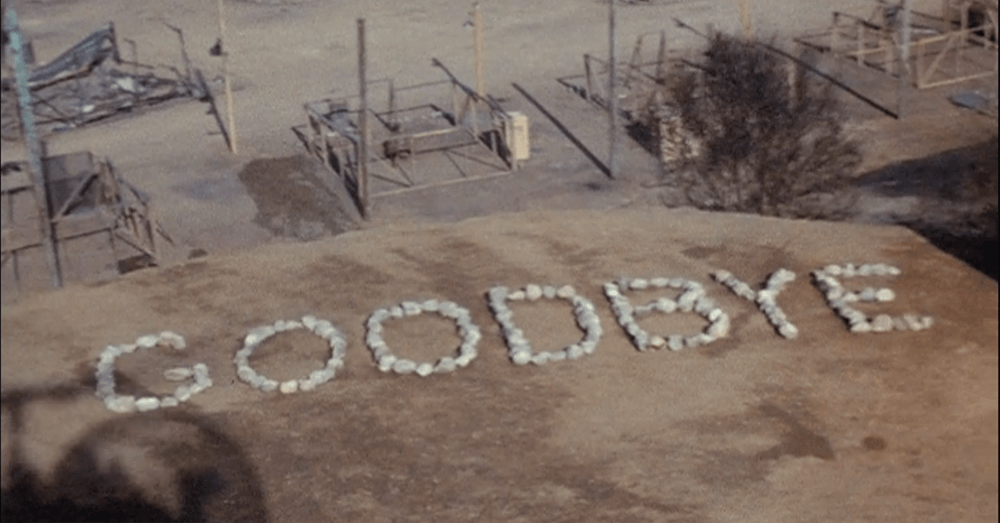
14. The advertising during the finale was crazy too
With that many people tuning in to watch the finale, the costs to advertise during it were massive as well. When the show started in 1972 a 30 second spot cost $30,000, but for the finale it cost $450,000.
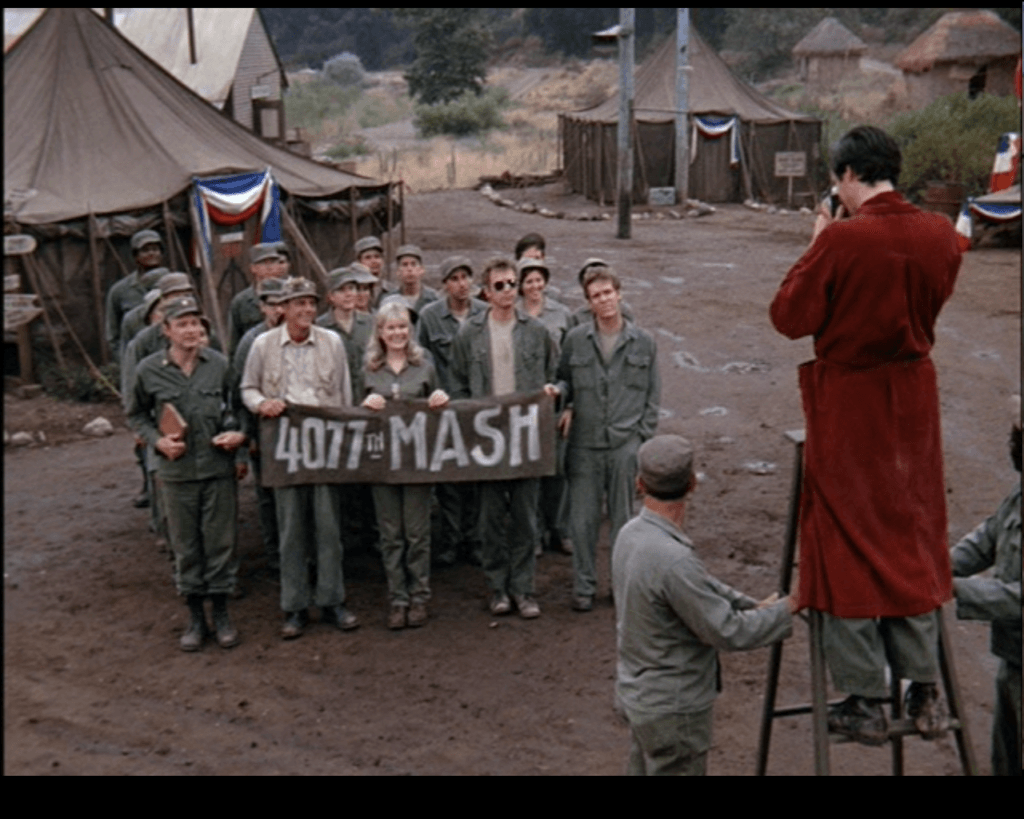
15. The show’s time capsule was found right away
In the episode “As Time Goes By” they buried a time capsule under the Fox Ranch, and just two months later the land was sold. A construction worker found it two months later and asked Alan Alda what to do with it. He said to keep it and that they guy “didn’t seem very impressed.”
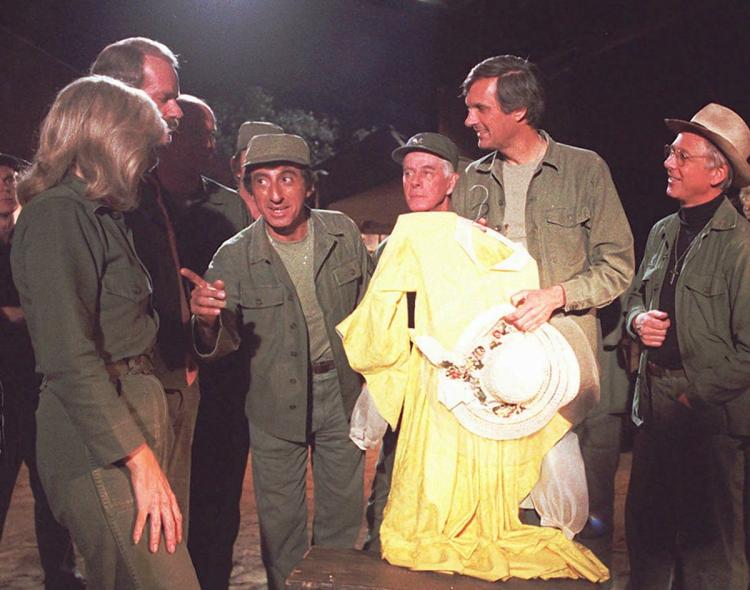
More in TV
-
Christian Group Attempts to Ban a Show They Haven’t Seen
20,000 people have signed Return to Order’s (a Christian Group) petition asking Netflix to cancel Amazon Prime Video’s new limited series...
June 20, 2019 -
10 TV Characters Who Almost Ruined A Hit TV Show
It’s no secret that most TV shows have to keep bringing in fresh blood if they want to keep fans interested....
May 4, 2018 -
All 14 American Idol Judges, RANKED
Now that American Idol is back on the small screen, Season 16 of the singing competition has us reminiscing about the...
April 13, 2018 -
15 Biggest Mistakes In Popular TV Shows
Some of our favorite TV shows from the past and present have the ability to keep us on the edge of...
January 30, 2018 -
11 Reasons You Should Start Watching ‘Ray Donovan’
With five seasons in the books and a sixth season slated for production in 2018, Showtime’s Ray Donovan has quickly become...
November 27, 2017 -
10 TV Characters We Never Got to Fully Know
These characters were an important part of their respective shows, but a huge part of them still remains a mystery. In...
November 22, 2017

